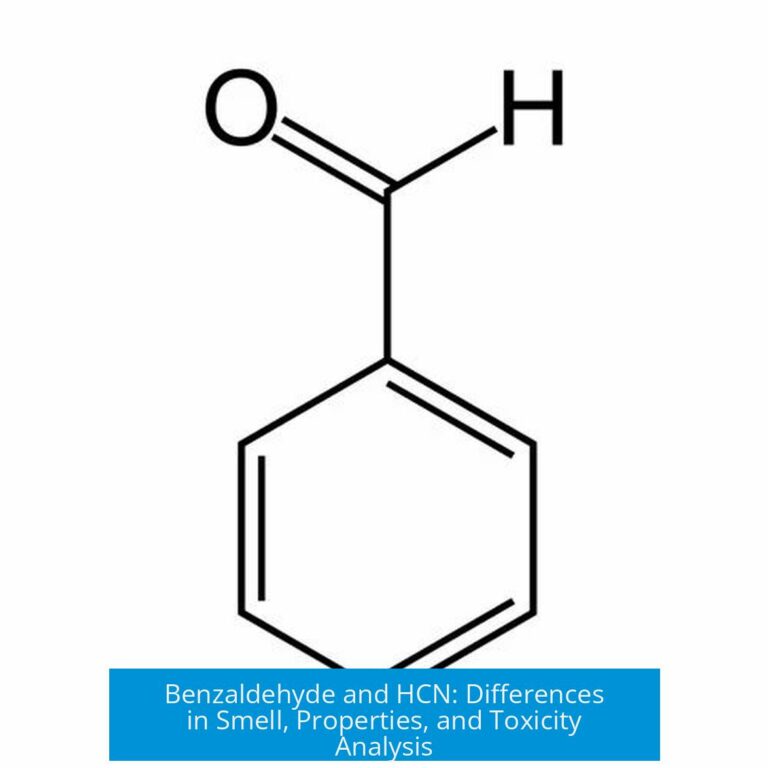Who Else Likes the Smell of Benzene? Be Honest
Some people find the scent of benzene appealing or intriguing, while others strongly dislike it due to its association with toxicity and cancer risk. The responses to benzene’s smell vary widely, reflecting personal preference and awareness of its danger. This article explores the reasons behind these reactions, compares benzene to related compounds, and discusses the safety considerations necessary when encountered in laboratories or industrial settings.
Personal Reactions to Benzene’s Aroma
People often react differently to the smell of benzene. Some describe it positively, labeling it as a “sweet, black licorice” scent or simply stating “it does smell great.” Others express fascination, suggesting the aroma holds a “critical mystery” tied to the chemistry experience they wish to explore.
Conversely, many find the smell unpleasant or even off-putting. Common expressions include “nope,” “hate it,” or “not a huge fan myself.” Those who have experienced accidental exposure often report no attraction, mentioning that driving through a benzene cloud didn’t do much for them.
Comparison with Other Aromatic Compounds
Benzene is part of a family of aromatic solvents, some of which are cited as more appealing or less toxic. For instance:
- Difluorobenzenes: Described as a sweeter-smelling, less toxic alternative.
- Toluene: Noted for a nostalgic scent reminiscent of old barns.
- Ethyl formate: Has a rum-like aroma considered preferable.
- MTBE (Methyl tert-butyl ether): Mentioned as “ethereal and minty” and oddly pleasant by some.
Other solvents such as cyclohexanone and 2-propanol also have fans for their scents. However, some compounds like ethyl acrylate or triethylamine are broadly disliked for their pungency.
Health Risks and Safety Concerns
Benzene is a well-known carcinogen. Its inhalation carries severe health risks, including blood disorders and cancer. Regulations limit its allowable exposure—such as the USP setting a 2ppm residual solvent limit.
Exposure stories emphasize extreme caution. One anecdote involves a researcher who rotovapped nearly a liter of benzene and later developed multiple cancers. Others advise that smelling benzene in a working lab is a red flag indicating poor safety practices.
General best practices urge avoiding inhaling chemical vapors. Many chemists admit to a habit of carefully smelling some solvents but stress doing so sparingly and with severe caution. Prolonged or heavy exposure may lead to neurological effects, dizziness, or lasting harm.
Anecdotes and Misidentifications
Benzene spills and laboratory mix-ups illustrate real-world challenges. For example, a refinery incident released large amounts of benzene into the air, affecting passersby unexpectedly. In academic settings, mislabeling solvents has led to dangerous situations where toluene was mistaken for methanol or vice versa, detected only through smell and subsequent chemical analysis.
These cases highlight the need for proper labeling, safety protocols, and chemical literacy to prevent accidental exposure or misuse.
Summary of Key Points
- Reactions to benzene’s smell vary from enjoyment to dislike and avoidance.
- Benzene has a distinct sweet, aromatic scent, sometimes compared to black licorice.
- Other aromatic solvents like difluorobenzenes and MTBE smell related but often less toxic or more pleasant.
- Benzene is highly toxic and carcinogenic; exposure limits and strict lab safety are essential.
- Regular inhalation of benzene vapors is dangerous and should be avoided.
- Incidents involving chemical spills and labeling errors underline the importance of vigilance.





Leave a Comment